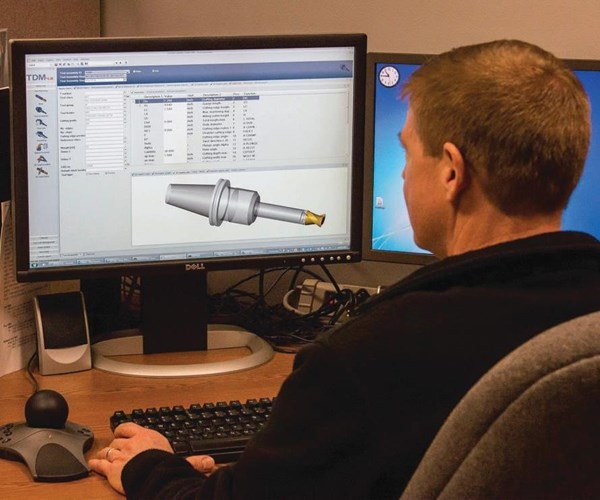Case Study: What Is the Cost of Lost Information?
Making sure all employees are using up-to-date information that is communicated effectively between departments helps save companies both time and money.
Share







The problem with “lost” information is that it often isn’t truly lost. Much the opposite, bits and pieces of information are commonly found everywhere in the shop—you just have to know who to ask and where to look for it. This tribal knowledge can be frustrating for newcomers or someone seeking to gather complete, up-to-date information about a particular product line. Moreover, these information silos are often overlooked and not addressed by companies, especially when they aren’t causing a backlog.
In 2004, Wagstaff Inc. took a hard look at the time and money it spent tracking product line information around its Spokane, Washington facility. Product line information was stored in process documents, the CAM system and Excel spreadsheets. Not only that, but tracking and leveraging the information on new jobs was difficult because information wasn’t necessarily being shared amongst different users. After integrating the Tool Lifecycle Management system from TDM Systems, the company was able to integrate data and knowledge from various sources into a centralized database. Read the full story here.
Related Content
-
Refining Shopfloor Processes for Mission-Critical Parts
Pacon Mfg, Inc. has not rested on its laurels as the 2020 Top Shop Honoree for Shopfloor Practices and Performance. In the years since, it has refined its processes to continue excelling in a volatile market.
-
ERP Provides Smooth Pathway to Data Security
With the CMMC data security standards looming, machine shops serving the defense industry can turn to ERP to keep business moving.
-
ERP Captures Process Know-How Before it Retires
As shops struggle to overcome the skills gap, ERP systems can improve the onboarding process and help document processes as skilled workers retire.












